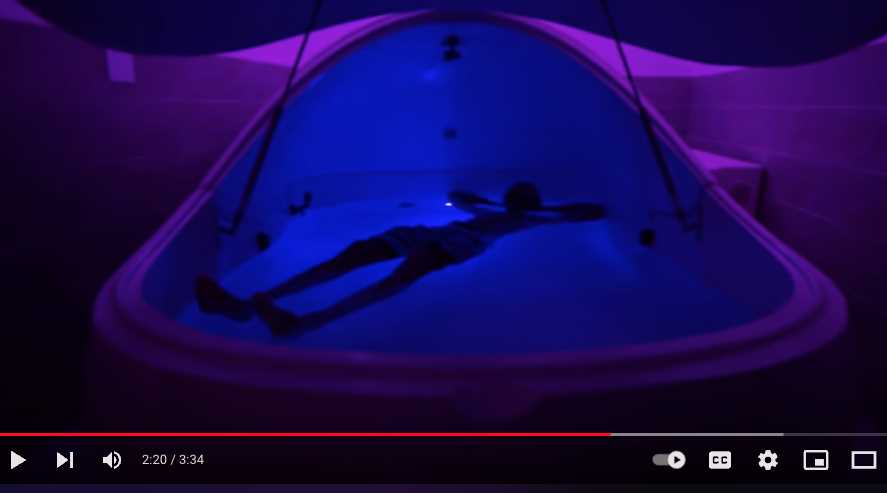Flotation: A Comprehensive Guide

Flotation is a widely used process in various industries, including mining, wastewater treatment, and mineral processing. It is a method of separating valuable minerals from gangue or waste materials based on their differences in surface properties.
The flotation process involves the use of chemicals, called collectors, which selectively attach to the surface of the desired minerals, making them hydrophobic or water-repellent. Air bubbles are then introduced into the system, and the hydrophobic minerals attach to the bubbles and rise to the surface, forming a froth layer. The froth, containing the valuable minerals, is then skimmed off and collected.
There are several advantages of using flotation as a separation technique. Firstly, it allows for the recovery of valuable minerals that would otherwise be lost in the waste material. This increases the overall efficiency of the mining or processing operation. Secondly, flotation can be used to selectively separate different minerals, allowing for the production of high-grade concentrates. Thirdly, it is a relatively simple and cost-effective process, requiring minimal equipment and infrastructure.
However, flotation also has its disadvantages. One of the main challenges is the complexity of the process, as it involves multiple variables, such as pH, temperature, and chemical dosages, that need to be carefully controlled. Additionally, the use of chemicals in flotation can have environmental impacts, especially if not properly managed. Furthermore, the process may not be suitable for all types of ores or minerals, and alternative separation methods may be more effective in certain cases.
The flotation process is a widely used method for separating minerals from their ore. It relies on the differences in surface properties of the minerals to be separated. The process involves the use of chemicals, air, and water to create a froth that carries the minerals to the surface for collection.
Principle of Flotation
Flotation Process Steps
The flotation process consists of several steps:
- Grinding: The ore is crushed into fine particles to increase the surface area for better interaction with chemicals.
- Conditioning: The ore is mixed with water and chemicals to create a slurry.
- Aeration: Air is introduced into the slurry to form bubbles.
- Attachment: The hydrophobic minerals attach to the air bubbles and form a froth.
- Skimming: The froth containing the valuable minerals is skimmed off and collected.
- Dewatering: The collected froth is dewatered to remove excess water.
- Drying: The dewatered concentrate is dried for further processing.
Advantages of Flotation

Flotation offers several advantages over other mineral separation methods:
- High efficiency: Flotation can achieve high recovery rates of valuable minerals.
- Selective separation: Flotation allows for the selective separation of minerals based on their surface properties.
- Wide applicability: Flotation can be used to separate a wide range of minerals.
- Low environmental impact: Flotation does not require the use of harmful chemicals.
Disadvantages of Flotation
Despite its advantages, flotation also has some disadvantages:
- High cost: The equipment and chemicals required for flotation can be expensive.
- Complex process: The flotation process requires careful control and optimization.
- Water and energy consumption: Flotation requires large amounts of water and energy.
- Environmental concerns: The disposal of flotation tailings can pose environmental challenges.
Advantages of Flotation

Flotation is a widely used process in various industries due to its numerous advantages. Here are some of the key advantages of flotation:
- Selective Separation: Flotation allows for the selective separation of different minerals or substances based on their physical and chemical properties. This is particularly useful in mining and mineral processing operations where it is necessary to separate valuable minerals from gangue or waste materials.
- High Efficiency: Flotation is known for its high efficiency in terms of both recovery and grade of the concentrate. The process can achieve high recoveries of valuable minerals, even for complex ores, and produce concentrates with high grades.
- Low Operating Costs: Flotation is a cost-effective process that requires relatively low capital and operating costs compared to other mineral processing methods. It does not require the use of expensive reagents or extensive infrastructure, making it an attractive option for many operations.
- Environmental Friendliness: Flotation is considered to be an environmentally friendly process compared to other methods of mineral processing. It does not generate significant amounts of waste or emissions, and the use of water and energy can be optimized to minimize the environmental impact.
Disadvantages of Flotation

While flotation is a widely used process in various industries, it is important to be aware of its disadvantages. These drawbacks should be taken into consideration when deciding whether or not to implement flotation in a particular application.
1. Cost:
One of the main disadvantages of flotation is its cost. The equipment and chemicals required for the flotation process can be expensive, especially for large-scale operations. Additionally, the maintenance and operation costs can also add up over time.
2. Environmental Impact:
Flotation can have a negative impact on the environment. The chemicals used in the process, such as frothers and collectors, can be harmful if not properly managed. They can contaminate water sources and affect aquatic life. Additionally, the disposal of flotation tailings can also pose environmental challenges.
3. Selectivity:
Flotation is not always selective, meaning that it may not effectively separate all desired minerals or particles from the ore. This can result in lower overall recovery rates and reduced product quality. Selectivity issues can be particularly problematic when dealing with complex ores or when the desired minerals have similar physical and chemical properties.
4. Energy Consumption:
The flotation process requires significant energy input. The operation of flotation cells, the mixing of slurry, and the aeration of the pulp all require energy. This can contribute to high operational costs and increase the carbon footprint of the process.
5. Water Usage:
Flotation requires a large amount of water for the process to be effective. This can be a disadvantage in regions with limited water resources or in areas where water conservation is a priority. The disposal of water used in flotation can also be a challenge, as it may contain chemicals and contaminants that require proper treatment.
Despite these disadvantages, flotation remains a widely used process due to its effectiveness in separating valuable minerals from ores. However, it is important to carefully consider these drawbacks and evaluate alternative methods before implementing flotation in a specific application.

Emily Bibb simplifies finance through bestselling books and articles, bridging complex concepts for everyday understanding. Engaging audiences via social media, she shares insights for financial success. Active in seminars and philanthropy, Bibb aims to create a more financially informed society, driven by her passion for empowering others.
